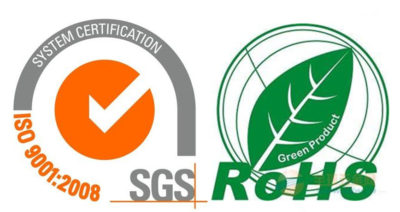In the fields of petrochemicals, chemical synthesis and environmental engineering, the stable operation of industrial reactors is inseparable from the support of various functional materials. Among them, alumina support balls, as a key inert ceramic material, are widely used in fixed bed reactors, catalytic devices and gas treatment systems. This article will mainly introduce the characteristics and functions of alumina support balls and their important role in industry.
1.Characteristics of alumina support balls
- High mechanical strength: The compressive strength is usually more than 100 MPa, which can withstand the high pressure environment in the reactor.
- Excellent thermal stability: It can be used for a long time at high temperature and is suitable for harsh industrial environments.
- Chemical inertness: It is resistant to acid and alkali corrosion (except hydrofluoric acid and strong alkali), and does not react with most chemicals.
- Low porosity: It avoids the retention of reactants and ensures uniform distribution of fluids.
- Spherical structure: The surface is smooth and reduces fluid resistance.
-
Core functions of alumina support balls
(1) Catalyst support and protection
In fixed bed reactors, alumina support balls are usually placed at the bottom or top of the catalyst bed. Their main functions include:
- Preventing catalyst particle loss: intercepting fine catalyst to prevent it from clogging the downstream pipeline.
- Evenly distributing fluid: optimizing the flow path of gas or liquid and improving reaction efficiency.
(2) Heat transfer and temperature control
Due to the high thermal conductivity of alumina, support balls can be used as a heat medium to help evenly distribute heat inside the reactor and prevent local overheating or uneven temperature.
(3) Equipment protection
In chemical production, alumina support balls can intercept dust or debris generated during the reaction process and protect valves, pumps and other key equipment from wear.
3. Application fields of alumina support balls
| industry | Typical Applications |
| Petrochemical | Catalyst support layer in hydrogenation reactor and catalytic cracking unit |
| Chemical synthesis | Used to disperse catalysts and optimize fluid distribution in ammonia synthesis towers and methanol reactors |
| Environmental Engineering | Packing layer in exhaust gas treatment system to improve gas contact efficiency |
| Power Industry | Thermal insulation support material for gas turbine combustion chamber, high temperature resistant and anti-oxidation |
-
How to choose the right alumina support ball?
In actual industrial applications, the following factors should be considered when selecting alumina support balls:
- Particle size: usually 2–5 times the size of the catalyst particles to ensure good fluid distribution.
- Strength: High-pressure reactors need to select products with a compressive strength of >150 MPa.
- Temperature resistance: High-purity α-Al₂O₃ support balls are required for high-temperature environments.
- Chemical compatibility: In acidic or alkaline environments, products with corresponding corrosion resistance levels need to be selected.
Although alumina support balls do not directly participate in chemical reactions, they are the “behind-the-scenes heroes” of the efficient operation of industrial catalytic devices. Their excellent mechanical strength, thermal stability and chemical inertness make them an indispensable key material in the fields of petrochemicals, environmental protection and energy.

